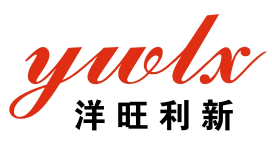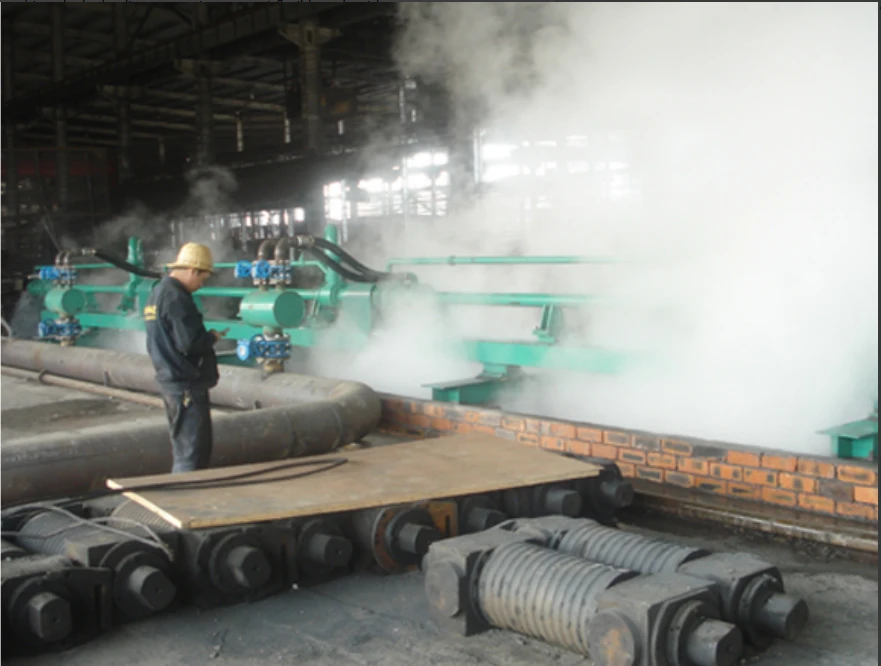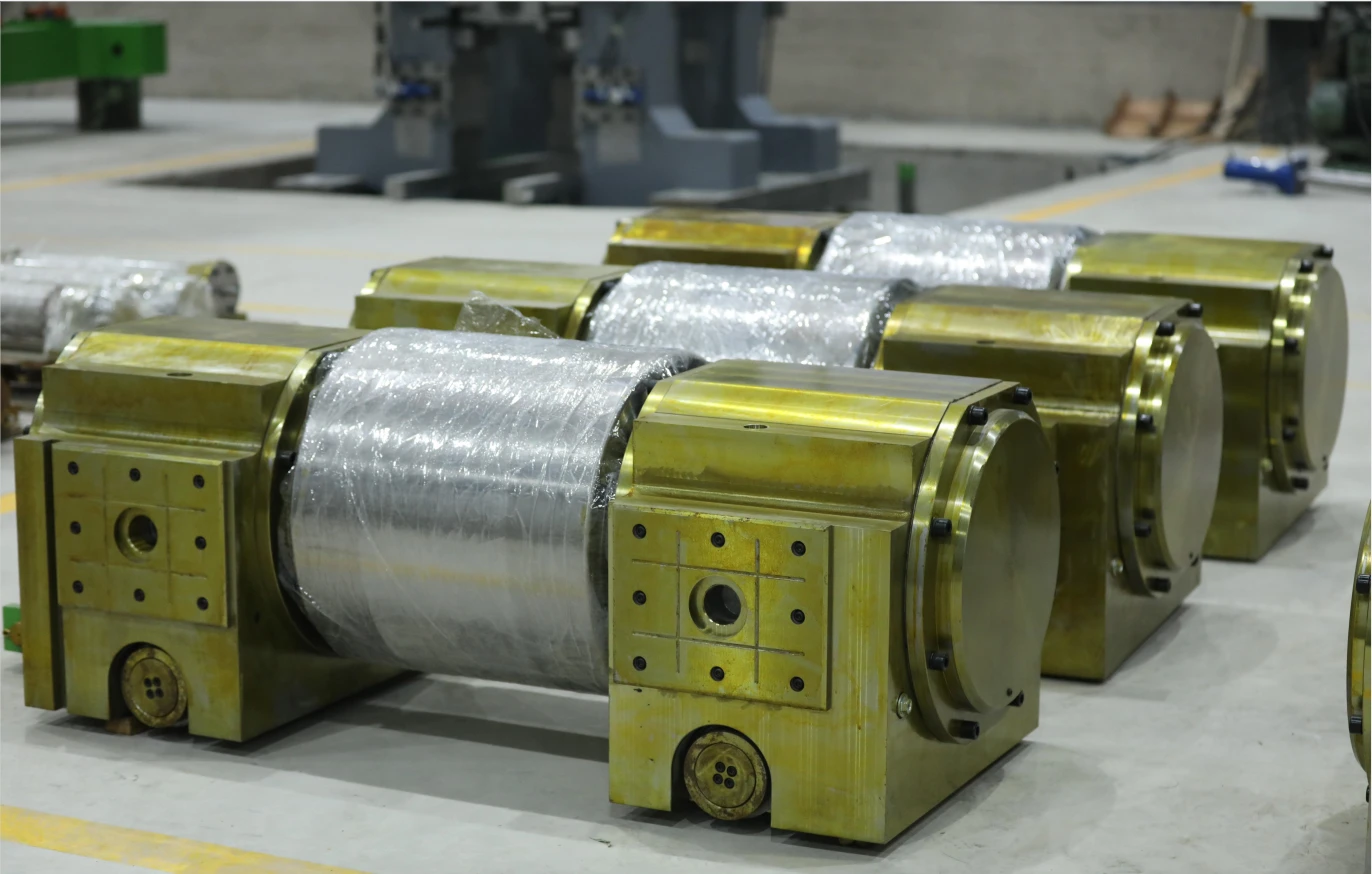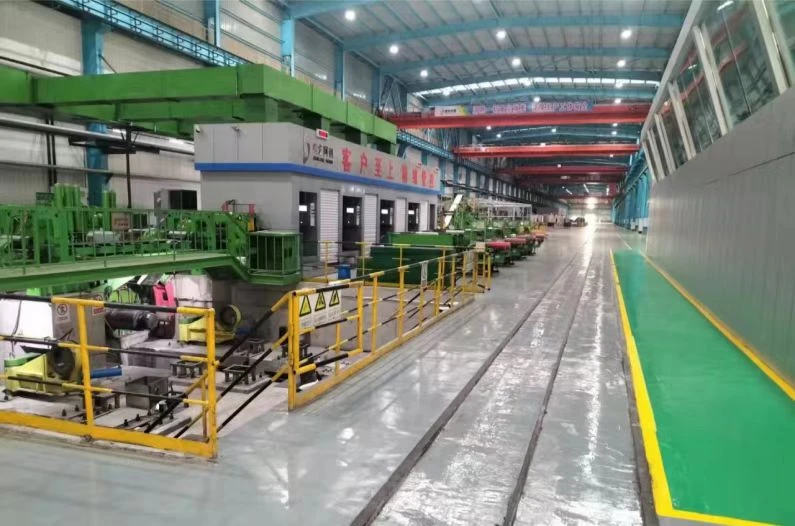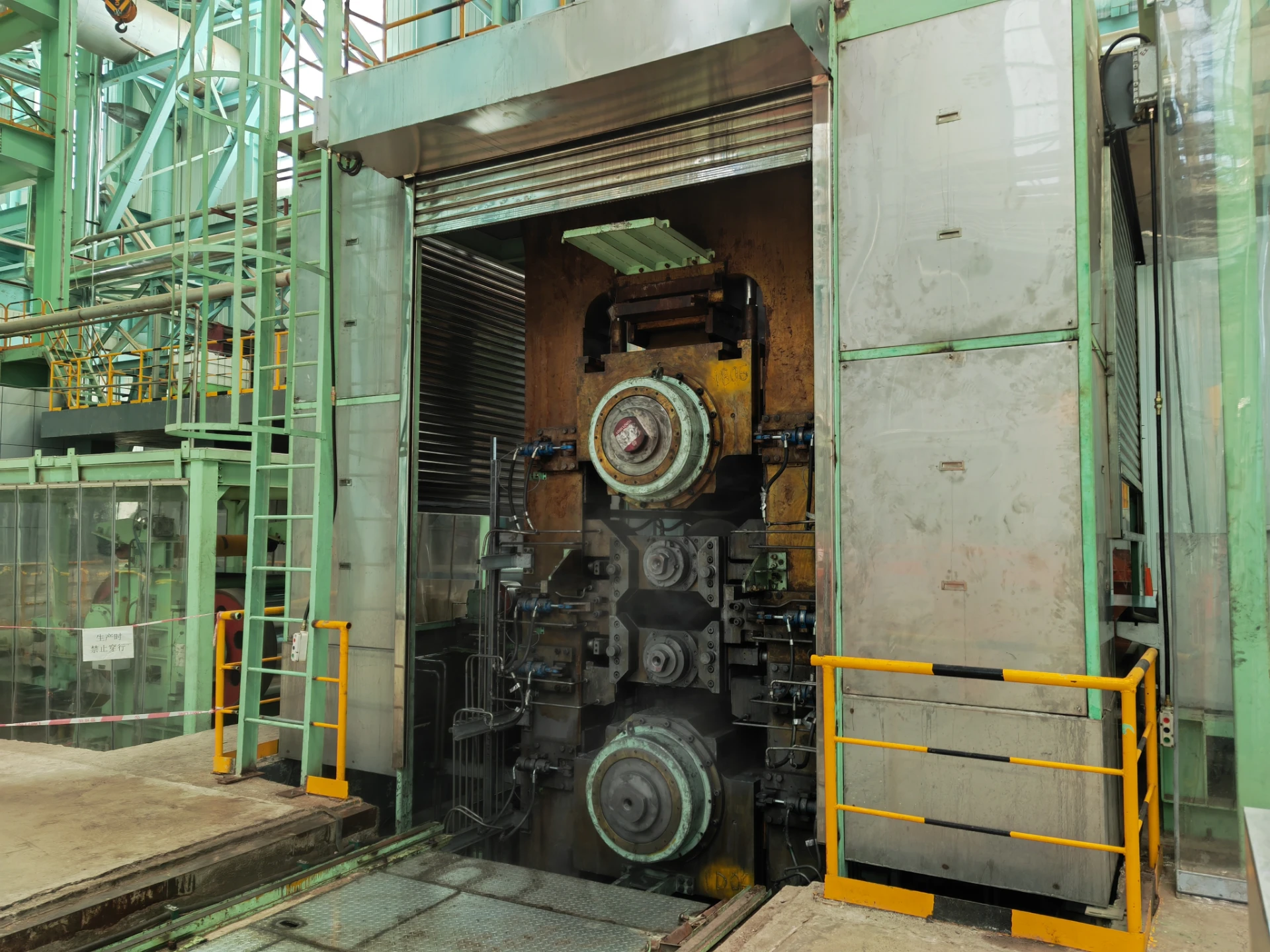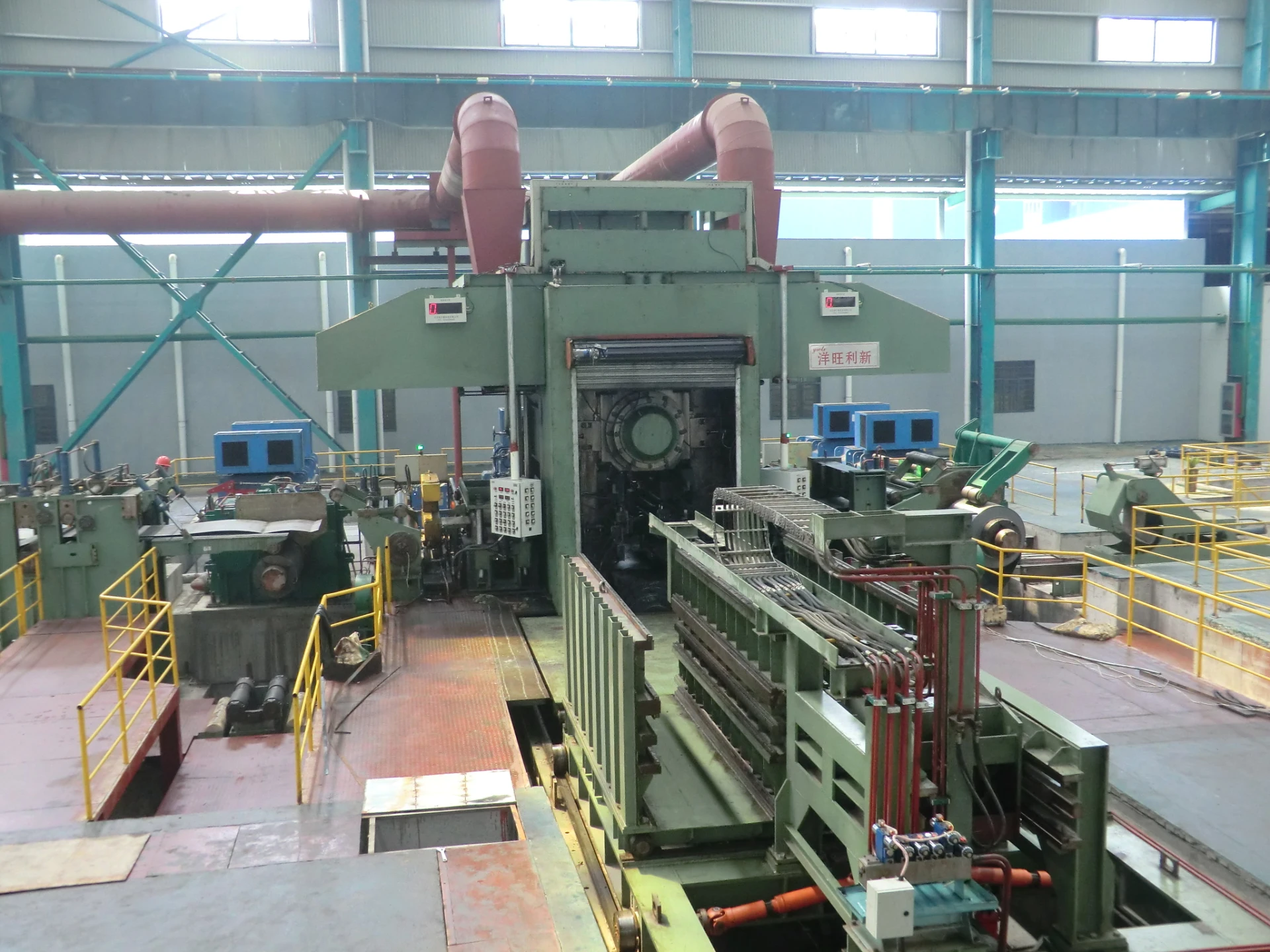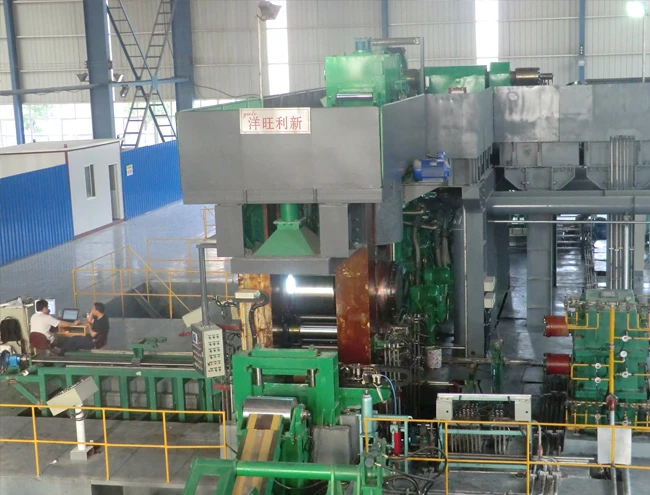
High-Efficiency Reversible Rolling Mills with AI
In modern steel processing, reversible rolling mill technology has become a pillar for steel plants seeking high flexibility, quality control, and cost efficiency. This article delves deep into advanced rolling solutions—connecting hot strip steel mill, cold rolling mill, and dual-purpose reversible rolling mill design. We analyze its industrial application, structural parameters, process advantages, and leading vendors—offering actionable insights for decision-makers in the metallurgy, petrochemical, and heavy machinery sectors.

The global market for reversible rolling mills is projected to reach $790 million by 2027 (ResearchAndMarkets 2023), exhibiting a CAGR of 4.7% from 2021–2027. Key growth drivers include metallurgy upgrades, demand for ultra-thin high-strength steels, and integration of digital automation.
- Hot strip steel mills remain dominant for high-capacity flat products but are increasingly complemented by flexible reversible rolling mill solutions for specialized and small-lot orders.
- Cold rolling mills play a pivotal role in achieving high surface quality, tight tolerances, and advanced alloying.
- IoT Integration Predictive Maintenance Energy Efficiency Smart Automation
- Reversible Rolling Mill: Rolling mill where slabs, billets or strips are fed back and forth through the same stands, allowing bidirectional rolling for high accuracy and flexible output.
- Hot Strip Steel Mill: Large-scale plant specializing in hot-rolling steel at >900°C, ideal for initial reduction and high-volume strip production.
- Cold Rolling Mill: Facility for further processing pre-rolled material at room temperature, achieving precise thickness, superior flatness, and surface finish.
- Billet/Slab Preparation: Ensures correct geometry, surface quality (e.g. shot blasting), and identifies defect points.
- Heating Furnace: Brings material to optimal temperature (hot: 1100–1300°C or cold: room temp); critical for grain structure.
- Descaling: High-pressure water jets remove surface scale—crucial for surface integrity.
- Reversible Rolling: Passes material forward and backward (multi-pass reduction 55–80%), with precise adjustment for each cycle.
- Cooling, Inspection, Coiling: Controlled cooling (often laminar), automatic NDT (non-destructive testing), and device-assisted coiling.
- Fully automated, CNC-guided stand adjustment
- Online thickness and flatness monitoring
- ISO 9001 & ANSI-compliant calibration & traceability
- Integrated water cooling & descaling for energy savings
- Predictive bearing/roll change warning (via sensors)
| Parameter | Hot Reversible Rolling Mill | Cold Reversible Rolling Mill | Application/Notes |
|---|---|---|---|
| Roll Diameter (mm) | 400–1200 | 250–700 | Impacts reduction force & final surface quality |
| Rolling Force (kN) | 4000–35000 | 1500–12000 | Depends on material grade & width |
| Max Material Width (mm) | 800–2200 | 700–1850 | Adapts to demand flexibility |
| Rolling Speed (m/min) | 5–25 | 10–40 | Automated speed adjustment |
| Final Thickness (mm) | 1.5–16 | 0.1–3.0 | Cold rolling achieves ultra-thin precision |
| Stand Arrangement | 2-High/4-High/6-High | 4-High/6-High/12-High | 4-high: Strength & flexibility; 6-high: Precision/flatness |
| Main Drive Power (kW) | 600–3000 | 350–1800 | Energy efficiency improves by up to 16% (latest gen.) |
| Control System | PLC + HMI panel | PLC + HMI panel | PC-based diagnostics, remote troubleshooting |
| Feature | Unit | Hot/Cold Rolling Production Line | Industry Standard/Range |
|---|---|---|---|
| Material Suitability | - | Carbon Steel, Alloy, Stainless, Copper, Aluminum | Steel, Aluminum, Specialty Alloys |
| Line Length | m | 40–130 | 30–160 |
| Max Coil Weight | ton | 40 | 10–45 |
| Yield Strength (max) | MPa | 980 (optional up to 1200) | 800–1200 |
| Thickness Tolerance | mm | ±0.005 (cold), ±0.03 (hot) | ±0.007 (cold) |
| Annual Output | Mt | 0.15–1.2 | 0.08–1.8 |
| Surface Finish | Ra (µm) | 0.25–0.9 (post-cold) | ≤1.0 |
| Energy Consumption | kWh/t | <160 (hot), <105 (cold) | <180 (hot), <120 (cold) |
| Automation Level | - | Full PLC+HMI+IoT Remote | Manual–Full Auto |
| Certifications | - | ISO 9001, CE, ANSI, SGS | - |
- Roll Material: High-chromium cast iron, forged steel (ISO 4957, GCr15, Cr12MoV), capable of up to 60,000 tons between regrind.
- Frame: Alloy carbon steel (Q235B, Q345D), optimized for stress dispersion and long-term rigidity.
- Bearing & Shaft: Spherical roller bearings (SKF, NSK certified), ultra-precision CNC-machined spindles.
- Surface Treatment: Hard chrome/nitride coatings for anti-corrosion and extended roll life.
- Compliance: ISO 9001:2015 SGS ANSI B11.17
| Vendor | Country | Key Strengths | Certifications | Notable Projects |
|---|---|---|---|---|
| Primetals Technologies | Germany/Austria/Japan | Full automation, digital twin, high capacity (>2Mt/year) | ISO, CE, ANSI, TUV | ArcelorMittal Bremen (Germany) |
| Danieli | Italy | Flexible configurations, green process, rapid install | ISO, CE, SGS | P.O.S.C.O. S. Korea, China Steel Taiwan |
| YWLX | China | 1-stop, hot/cold dual-line, custom line integration | ISO, CE, ANSI, SGS | Baosteel, Shougang Group, JISCO |
| TMEIC | Japan/USA | Advanced drive control, predictive IIoT monitoring | ISO, CE | U.S. Steel, Tata Steel, JSW |
| SMS Group | Germany | Modular design, AI edge-correction | ISO, CE, TÜV | SSAB Sweden, ThyssenKrupp Germany |
- Consultation: Product selection (hot/cold, rolling force, automation), line simulation, application-matching.
- Design: 3D line layout, digital twin modeling, FEA (finite element analysis) for frame rigidity, ISO/ANSI verification.
- Manufacturing: CNC components, in-line NDT (eddy-current/ultrasound), advanced surface treatments for anti-corrosion.
- Assembly & FAT: Full mechanical/electrical assembly, Factory Acceptance Test (FAT) per IEC/ISO standards.
- Onsite Installation & Training: Onsite guidance, ISO-conforming install, operator upskilling (remote/VR optional).
- After-sales/Support: 24/7 hotline, spare parts in stock (roll, bearing, electrical), remote/factory upgrade.
- Lead Time: Typical delivery is 120–180 days from contract/engineering approval; fast-track is available on consultation.
Parts are traceable via unique ID, and on-demand maintenance contracts (up to 10 years) are available. ISO/SGS traceability certified.
Reversible rolling mill systems are transforming heavy manufacturing through their exceptional adaptability. Here’s how leading factories deploy them:
A major Middle East oil & gas EPC uses a 4-high reversible rolling mill to produce thin-walled pipeline steel coils (800–1800mm width, 7–13mm thickness), meeting API 5L and ISO 3183 standards. Benefits: yield increase 8%, online surface inspection, and zero reported corrosion failures in 36 months.
Why it works: Bidirectional rolling enables market-responsive batch changeovers and consistent grain refinement, reducing operational downtime by 25%.
A Tier-1 car OEM in China integrated YWLX hot/cold production line for AHSS (advanced high strength steel, 440–980 MPa). Annual capacity reached 220,000t. Defect ratio dropped to 1.2%. Energy usage per ton reduced by 19% over legacy mills, thanks to sensor-based automation and adaptive cooling.
For a Southeast Asian stainless producer, a 6-high cold reversible rolling mill yields ultra-thin strip (0.22–0.5mm), achieving Ra 0.31 µm surface. It passes FDA direct contact standards. Downtime for roll changeover: <2 hours via CNC adjustment.
Japan-based circuit substrate manufacturer tailored line to achieve 0.14–0.35mm copper strip at ±0.008mm thickness—vital for PCB and connector markets. Optional inline eddy-current detection enhances defect reduction.
Users from metallurgy, automotive, and energy sectors report:
- Consistent output quality (<1.5% defect rates); >97% on-time delivery
- Remote diagnostics cut unplanned downtime by 31%
- Certifications support rapid global market entry (EU, US, MENA, Asia)
- Technical support: 24/7 hotline; field service in 24–72h (global main regions)
- Reversible rolling mill platforms offer unmatched flexibility for high-mix/low-volume and specialty metals markets.
- Advanced automation, stringent international standards, and proven application scenarios reduce risk and elevate competitive advantage.
- Hybrid lines—like the Hot/Cold Rolling Production Line—enable one-stop production for diversified, market-responsive steel and alloy products.
- Data-backed vendor comparison and traceable production ensure investment protection, compliance, and operational longevity.
- Feedback, warranty, and lifecycle support assure customer confidence worldwide.
[1] "Tech Innovations in Reversible Mill Automation", SteelOnTheNet.com Technical Articles
[2] "Energy Efficiency Trends in Cold/Hot Strip Mills", Metallurgical Industry J.
[3] "Modern Hot/Cold Rolling Mills", ResearchGate
[4] "ISO 9001 Quality Control in Steel Processing", ISO Official Portal
[5] "Forum: Selection of Rolling Mill Configurations", ENG-TIPS Metallurgy Forum
-
YWLX’s 1450mm Six-Hi Reversing Mill Goes Live in BangladeshNewsNov.24,2025
-
Adjusting Roll Gap in 6Hi Reversing Cold Rolling Mill for Thin StripNewsNov.13,2025
-
Quality Control Standards for Automatic Gauge Control in Strip RollingNewsNov.13,2025
-
Effect of Skin Pass Rolling on Metal DuctilityNewsNov.13,2025
-
Key Components of a Modern TempermillNewsNov.13,2025
-
Common Wear Patterns of Work Roll in Tandem Cold Mill OperationsNewsNov.13,2025
-
Revolutionary Skin Pass Rolling Technology for Enhanced Steel QualityNewsNov.04,2025


